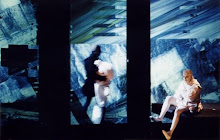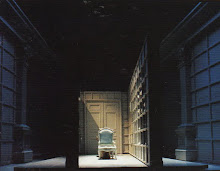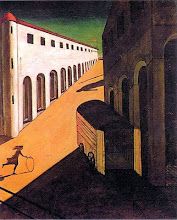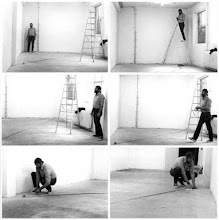Provisional title:
On representation
On interpretation
‘The foregoing story implies this: architecture, as distinct from building, is an interpretive, critical act. It has a linguistic condition different from the practical one of building. A building is interpreted when its rhetorical mechanism and principles are revealed. This analysis may be performed in a number of different ways, according to the forms of different types of discourse; among these are theory, criticism, history and manifesto. An act of interpretation is also present in the different modes of representational discourse: drawing, writing, model making and so on. Interpretation is also integral to the act of projecting.’ (Beatriz Colomina, 1988, Architectureproduction, p6)
Process:
Text/context (basis) > Interpretation (analysis and mapping out) > Representation (various media)
Text/context starting point:
- Narrative, storytelling text: from ‘Last year in Marienbad’
- Cultural, geographical, socio-political context (in relation to the text of ‘Last year in Marienbad’; concepts from the text are translated to concepts that refer to the context described; i.e. Ambiguity, uncertainty, repetition, time-space continuum, sense of no-place): from western society, late-capitalism (new economies impact on urban events), contemporary city (London) > Introduction of a reflection on the contemporary metropolis in relation to the subject. > Chosen site (TBC): east London, suburbia, areas with sense of no-place, homeless character. > Document









